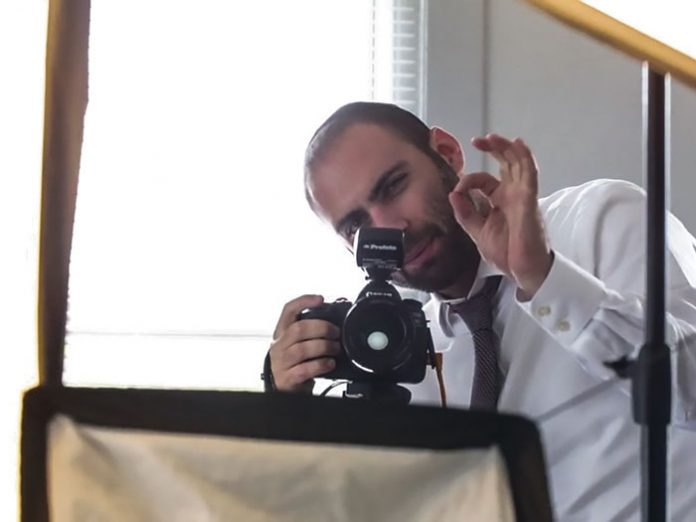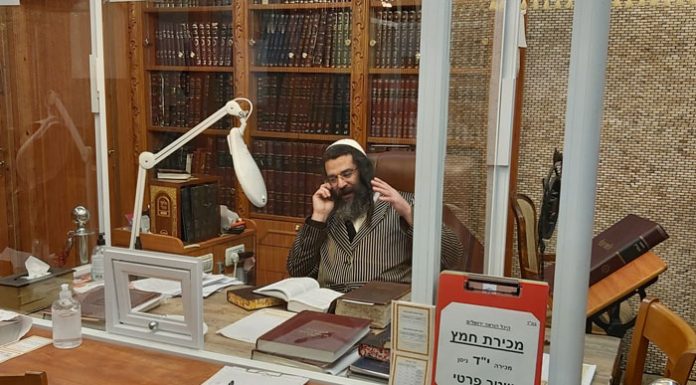Q: Why did you get into the business of headshots?
A: Headshots have become a way to humanize business. Doing business used to mean walking into a store and forging a relationship with someone, but that doesn’t happen anymore. We live in a digital world. People connect on social media and have conversations on the phone, but we don’t have much human interaction. The goal of a headshot is to instill a little humanity into a company, as if to say, “We’re not a large conglomerate; we’re a group of human beings.”
Q: In that case, why not use full-length photos? Why only headshots?
A: When you’re talking to someone who is right in front of you, you make eye contact. That’s how you make the human connection. Also, headshots are usually used for small profile images. In social media or on your LinkedIn page, the picture is only about a quarter of an inch in size.
Q: How did you get involved in this?
A: My wife and I have a boutique wedding photography brand in the Jewish world, and in the course of my work I met someone who is probably the world’s best headshot photographer. His name is Peter Hurley, and he’s based in New York City. When I saw his portfolio, I immediately decided that was something I wanted to do. For two years I went to his studio every Wednesday and did headshots for free to hone my craft. About a year ago, we let it loose in our community, and it went crazy! Everyone could see the value of having a high-quality headshot.
For me, it’s all about creating a connection. When I’m working with people, I’m teaching them how to convey confidence with their eyes, approachability with their mouths, how to have a strong jaw line, things like that. We teach our clients how to look their best. Then I’ll throw them a funny line that makes them forget they’re in front of a camera, and that’s how you get a human expression. That image is then captured for use in marketing. Because that image is one of warmth and connection, it helps them connect very strongly with their clientele.
Q: What exactly do you tell them to do?
A: There are over 100 rules to creating a great headshot. Some of the basics involve the three parts of the face that move—eyes, eyebrows and mouth. They all contribute to different expressions.
Q: Tell me about the eyes.
A: If someone has his eyes wide open, he can look like a deer caught in the headlights. Adding a tiny squint can create a look of confidence. Too much confidence, though, can make a person look mean, so we have to use the mouth to create approachability. But if there’s too much approachability in the mouth without enough confidence in the eyes, it can make someone look too eager.
The eyebrows are for expression. We can raise them for curiosity or lower them for intensity, but I don’t look too much for that in my day-to-day work.
The next thing we do is get rid of whatever might be hiding under the chin. To do that, we have the person imagine that there’s a hook in his head pulling it to the ceiling, which causes the head to be very erect. Then we bring the forehead outward and down, which stretches the skin around the jaw and creates a strong jawline, at the same time hiding the chin. This would certainly look weird in a three-dimensional world, but our images are two-dimensional.
Those are the basic guidelines, but each person is individually shaped, so we adjust the lights to complement each subject and highlight or shadow certain facial features.
Q: Are these your own theories or is there some kind of manual?
A: I learned all this from Peter Hurley. I’m a student of his, and I’m also becoming his associate. I spent two years following his formula before going into business. Nothing that I’m doing is new. I’m infusing my own personality into my work and creating the relationship and connection with my subjects, but all of the technical aspects are straight from him.





















